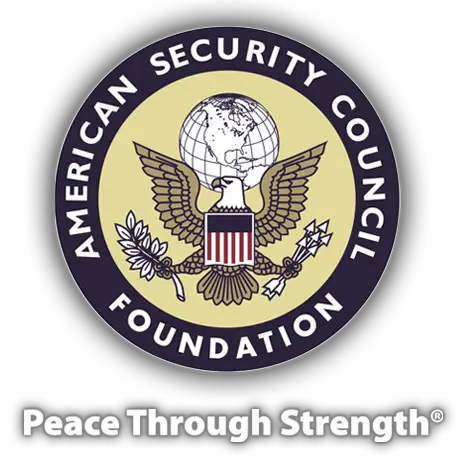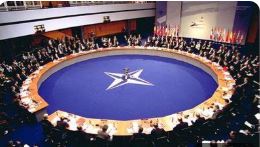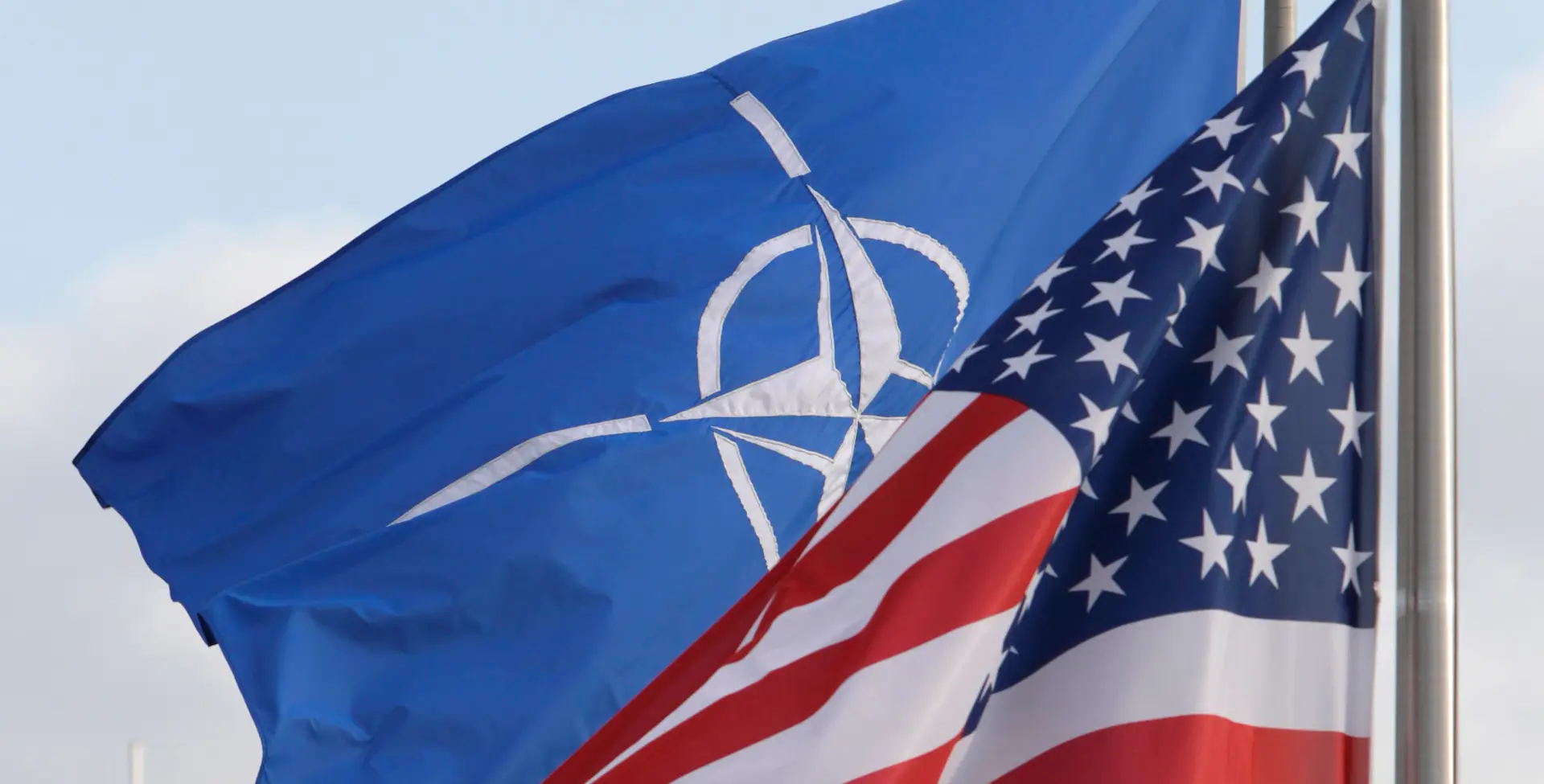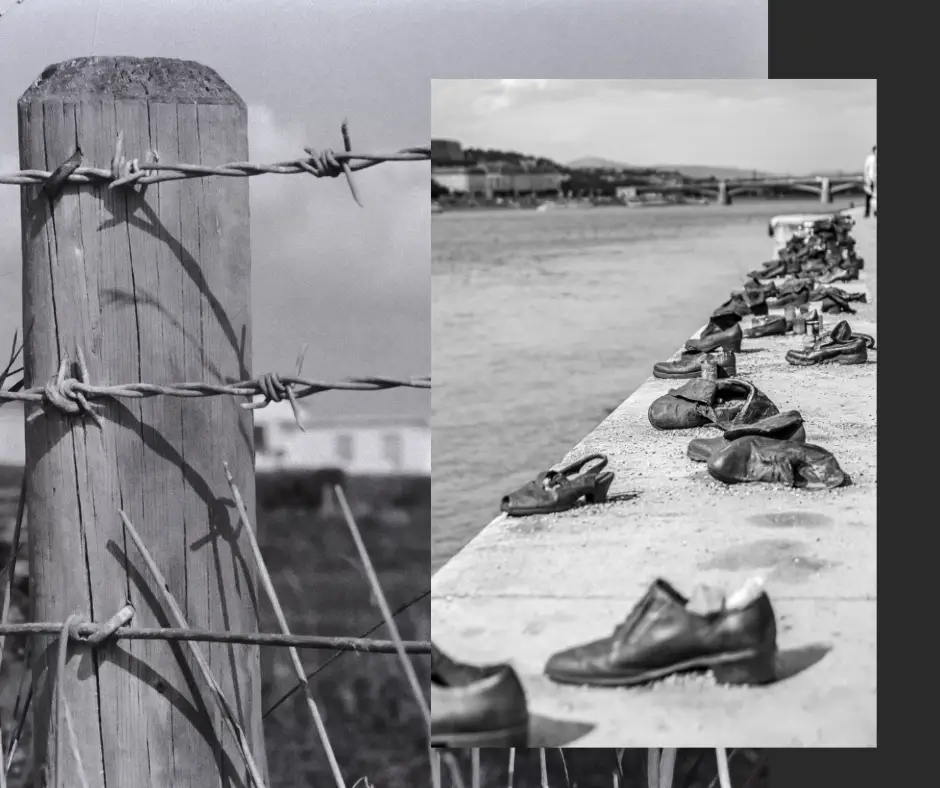
If you liked this article, please share it with your friends and family. You can also help the American Security Council Foundation shape American policy.
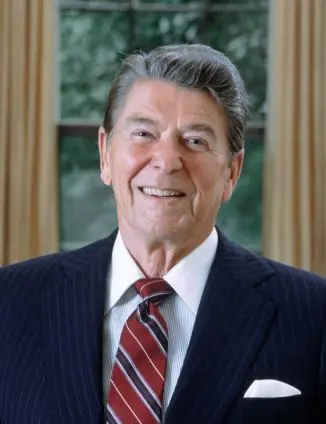
Written by Alan W. Dowd, ASCF Senior Fellow
By Alan W. Dowd, ASCF Senior Fellow
August 2025
“We’re going to rebuild our military” and “bring back peace through strength,” President Donald Trump vows, adding: “When America is strong, the world is at peace.”
That is a good starting point, but that is only partly correct. To be effective at keeping the peace and deterring our enemies, the Trump administration must remember—or learn—what President Ronald Reagan always understood: Military strength is just one element of peace through strength.
Building Up
To be sure, military strength is an important element of the peace-through-strength approach to foreign and defense policy—arguably the most important element.
“To ensure peace through strength,” as Reagan explained early in his presidency, America must “rebuild our defenses.”
That is exactly what he did.
After a decade of one-sided détente, a decade of arms-control treaties that Washington assiduously followed and Moscow constantly flouted, a decade of U.S. defense cuts and Soviet military expansion, Reagan outlined a plan to restore “defense capability that provides a margin of safety for America.” Countering those who would blame America for taking up the shield of self-defense, Reagan argued that “Firmness based on a strong defense capability is not provocative…Our best hope of persuading them to live in peace is to convince them they cannot win at war.”
Working with Congress, Reagan increased defense spending from 21 percent of federal outlays and 4.8 percent of GDP in 1980 to 26.7 percent of federal outlays and 5.9 percent of GDP by 1986. In raw dollars, defense spending jumped by 104 percent during that period.
The initial payoff came in 1987, when Moscow blinked, backed down and began a headlong retreat that ended with the Berlin Wall demolished, the Iron Curtain erased, and Eastern Europe liberated. By 1991, the Soviet Union itself was gone, tossed onto “the ash-heap of history,” just as Reagan had predicted a decade earlier.
Roots
Reagan did not invent the idea of peace through strength, of course. Dating to the days of the Roman Empire, wise leaders have recognized that military readiness paradoxically keeps peace. The Romans had a phrase for it. Si vis pacem para bellum— “If you wish for peace, prepare for war.”
Centuries later, President George Washington counseled, “There is nothing so likely to produce peace as to be well prepared to meet an enemy.”
“We infinitely desire peace,” President Theodore Roosevelt declared at the beginning of the 20th century, “and the surest way of obtaining it is to show that we are not afraid of war.”
After the West gambled civilization’s very existence in the 1920s and 1930s on hopes that war could somehow be outlawed, the men who crafted the blueprint for waging Cold War I returned to peace through strength. Winston Churchill urged “defense through deterrents.” President Harry Truman committed America to “maintaining armed forces sufficient to deter aggression” and described the newly minted North Atlantic Treaty Organization as “an integrated international force whose object is to maintain peace through strength.”
President Dwight Eisenhower vowed “to develop the strength that will deter the forces of aggression and promote the conditions of peace.” President John Kennedy called on policymakers to join him in pursuing “a program to achieve peace through strength” and to “strengthen our military power to the point where no aggressor will dare attack.”
Reagan steered Cold War I to a peaceful conclusion by matter-of-factly explaining, “None of the four wars in my lifetime came about because we were too strong…Our military strength is a prerequisite for peace.”
Not Enough
It’s worth noting, as we wade ever deeper into Cold War II, that recent defense budgets come nowhere close to the level of defense spending Americans allocated to deter and ultimately defeat Moscow during Cold War I: The Biden administration spent 3.4 percent of GDP on defense in both 2023 and 2024. While the Trump administration’s 2026 defense budget proposal raised eyebrows for topping the trillion-dollar threshold, that figure represents just 3.3 percent of GDP. The Foundation for Defense of Democracies points out that under the administration’s 2026 budget proposal, defense spending “does not even keep pace with inflation.”
Gen. H.R. McMaster suggests spending at least 4.5 percent of GDP on defense. Sen. Roger Wicker has unveiled a detailed plan to stair-step defense spending to 5 percent of GDP. The Commission on the National Defense Strategy—a bipartisan, blue-ribbon panel of defense experts—goes even further, calling for increasing defense spending to levels “commensurate with the U.S. national effort seen during the Cold War.”
The commission recognizes that America faces an array of Cold War-style threats: Fueled by a defense budget that approaches America’s, China has expanded its nuclear arsenal threefold (fivefold by 2030); constructed the world’s largest navy; taken aim at Taiwan; menaced the Philippines; conducted a cyber-siege of the free world; hacked into U.S. airports and power grids; and militarized islands in the South China Sea in a bid to control vital sea lanes. Russia has diverted 35 percent of government spending into its military; bludgeoned Ukraine; threatened the territory of our NATO allies; propped up tyrants in Europe and the Americas; and shared advanced weapons with Iran and North Korea. North Korea is shipping ammunition and troops to fuel Putin’s war on Ukraine, expanding its nuclear arsenal, and testing missiles that rattle our treaty allies in Japan and South Korea. Iran increased military spending by 200 percent in 2025; supplies Moscow with kamikaze drones; and uses proxies to attack and kill American troops, massacre Israeli civilians, shut down international waterways, and destabilize the Middle East.
Add it all up, and such a threat environment demands a Cold War-level commitment to defense spending. Yet today’s defense budget—hovering under 3.5 percent of GDP—is less than half the Cold War average. As Sen. Mitch McConnell observes, we are “applying yesterday’s budget to tomorrow’s challenges.”
In the next issue, we will discuss the other three pillars of Reagan’s policy of peace through strength: global engagement, democracy promotion and alliance cultivation.
